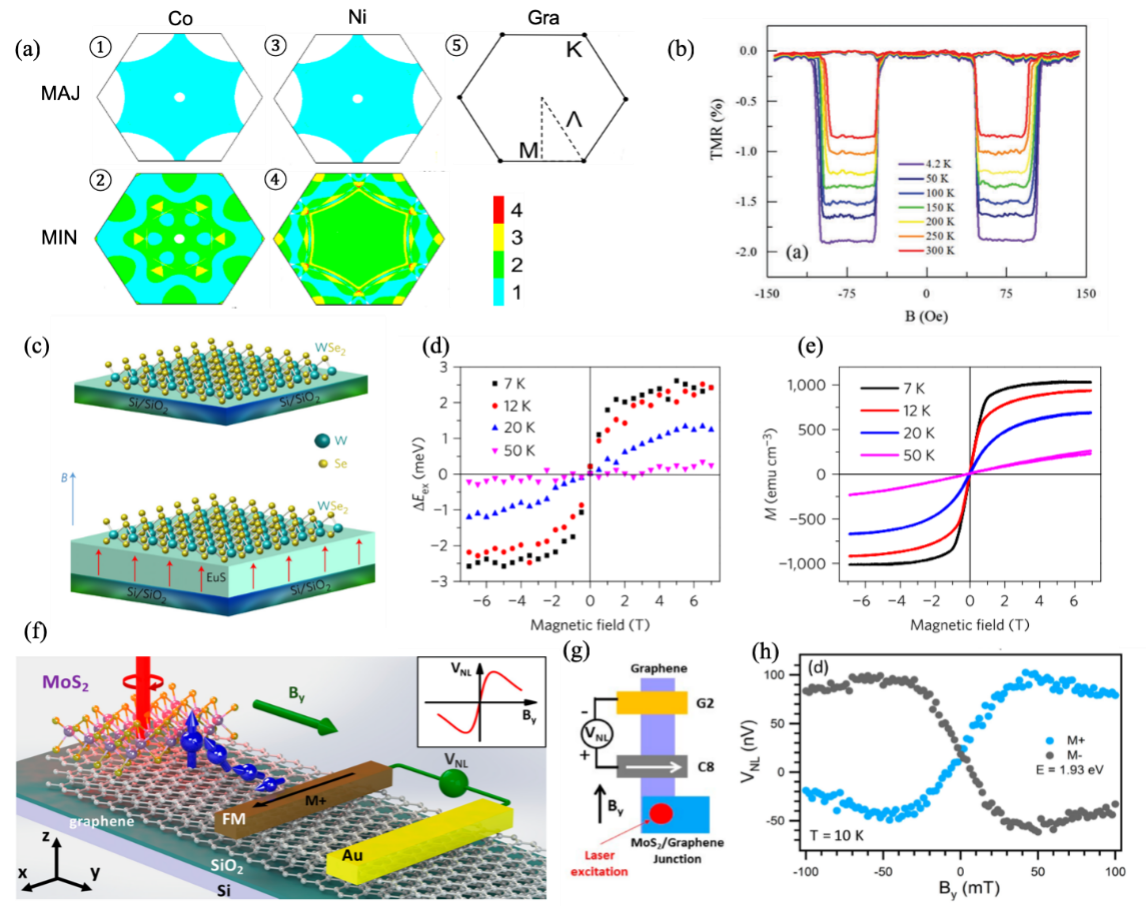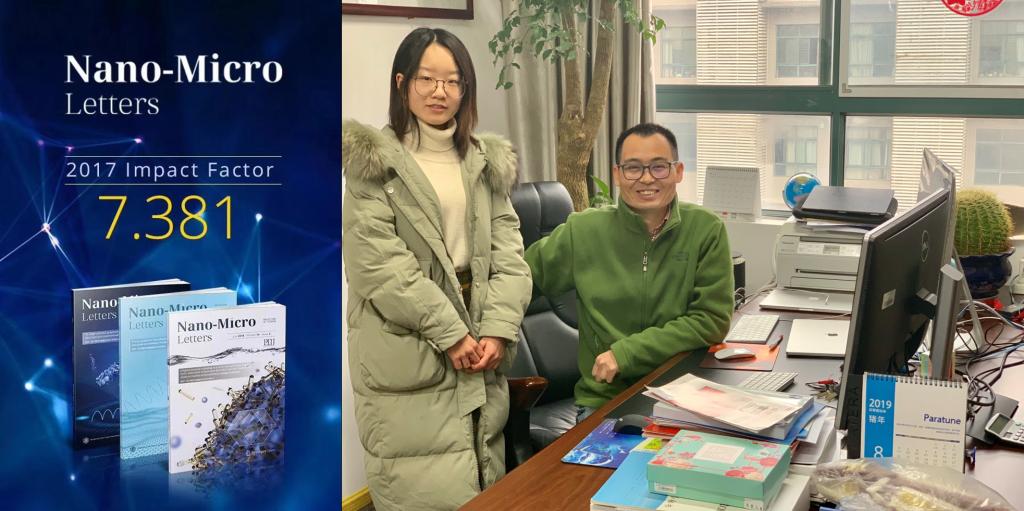Recently, the review articleRecent Progress in the Fabrication, Properties, and Devices of Heterostructures Based on 2D Materialswritten by Zhang Siyu, a undergraduate enrolled at School of Physics and Electronics of CSU in 2015, was published in the high-level SCI journalNano-Micro Letters(IF:7.381, Zone 1 of Chinese Academy of Sciences JCR). Zhang Siyu and her advisor Liu Yanping are co-first authors of this article, and CSU is the first unit.

(Fig.1: Application of Heterojunction from Two-Dimensional (2D) Materials in Spintronics and Valleytronics)
In addition to the advantages of 2D material itself, the heterojunction in 2D materials has the characteristics that the single 2D materials and the heterojunction in traditional block materials lack, such as interlayer excitons with longer life, flexible energy-band engineering and enhancement of valley polarization. Therefore, the heterojunction in 2D materials is undoubtedly a key component of the new generation of optoelectronic devices, valley electronic devices and self-spinning devices, and has a broad application prospect. With the continuous development of such preparation technologies of heterojunction in 2D materials as dry transfer and CVD synthesis, the researches on its various physical properties have been gradually deepened. This review article summarizes the research results of preparation, energy-band structure, exciton characteristics, transport properties and magnetic properties and other aspects of heterojunction in 2D materials, as well as its application in optoelectronic devices, valley electronic devices and self-spinning devices in a comprehensively way; it points out the main challenges arising in universal application of 2D material heterojunction devices, and puts forward the design though of future heterostructure and the development trend of this field.
Zhang Siyu joined the low-dimensional quantum device laboratory of CSU in her junior year. Under the guidance of Professor Liu Yanping, she carried out literature study and collection, picture processing and writing, which took 8 months. This paper is the one with the highest impact factor among the SCI papers published by undergraduates ofSchool of Physics and Electronics. Meanwhile, her work in paper writing has been strongly supported by the Natural Science Foundation of China, Innovation-Driven Program of CSU and Youth Innovation Team of CSU. At present, two other SCI papers on scientific research experiments of Zhang Siyu are under review, and she is expected to publish three high-level SCI papers before graduation.

(Fig. 2: Author Zhang Siyu (left) and Her Advisor, Professor Liu Yanping)
Attached: Profile ofJournal Nano-Micro Letters
As an international open-access journal of Springer,Nano-Micro Lettersmainly publishes the latest progress of science and technology at nano level and micro level in the fields of physics, chemistry, materials, biology and engineering; it provides a professional academic exchange platform for scientific research workers who study nano and micro scales, and is committed to rapid publication of scientific research progress and review articles relating to nano and micro. The journal has an impact factor of 7.381 in 2018 and is an international authoritative journal of Zone 1 of Chinese Academy of Sciences.
Link to paper: https://link.springer.com/article/10.1007%2Fs40820-019-0245-5
Source: School of Physics and Electronics











